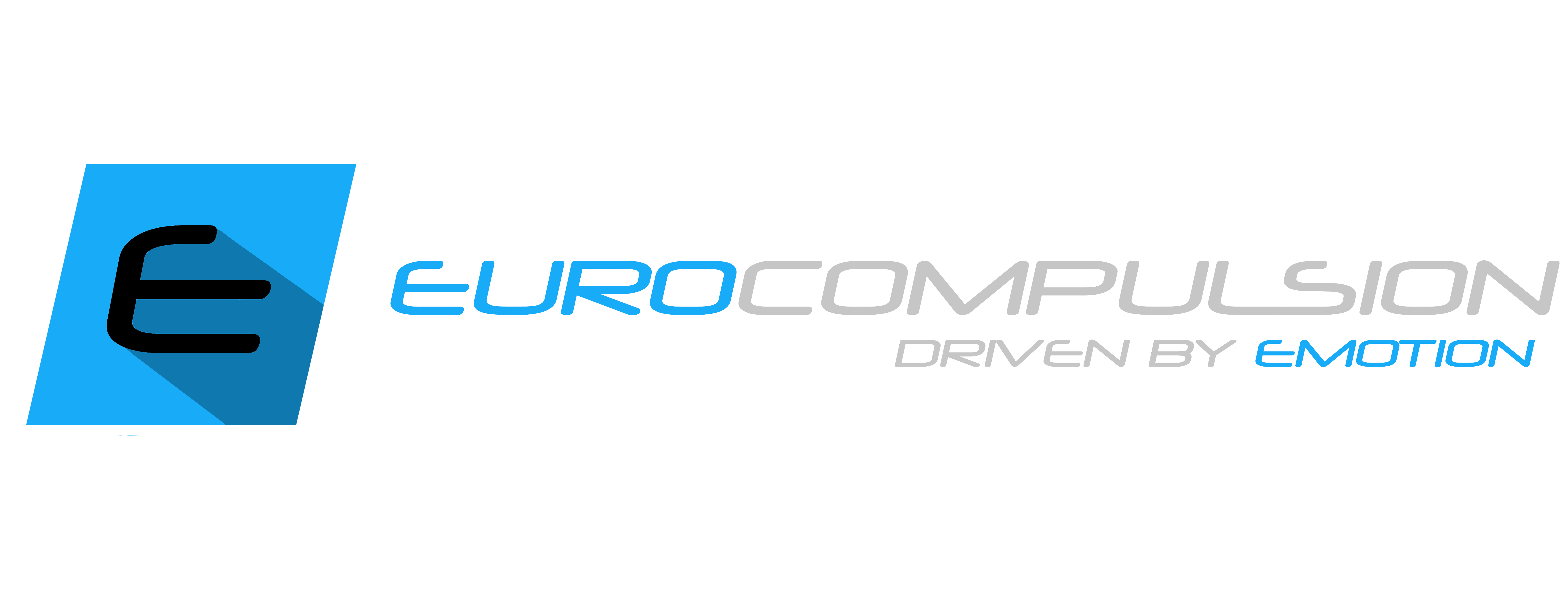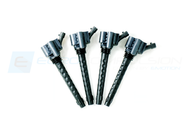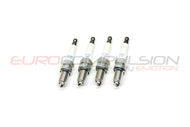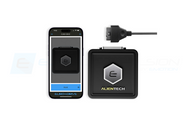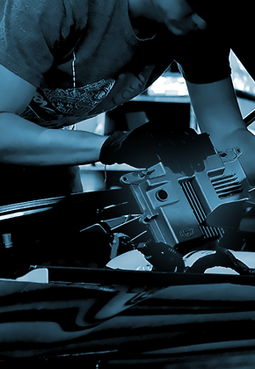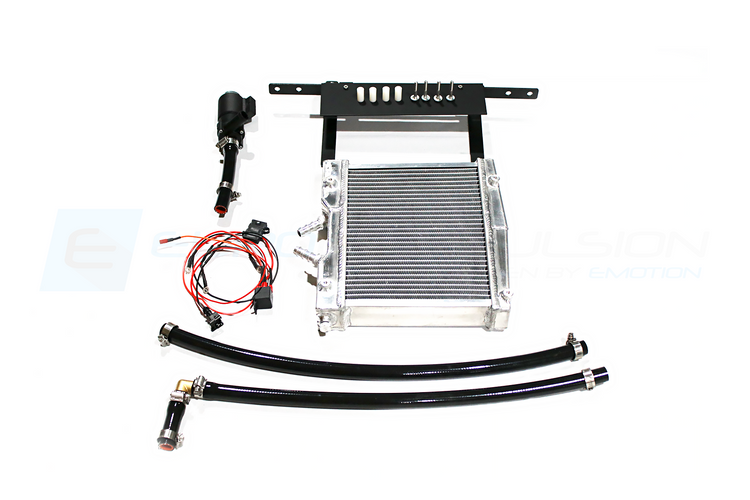
The following is an installation guide for our EC Secondary Heat Exchanger System for the Alfa Romeo Giulia 2.0L. This project is relatively involved and can take up to 3-4 hours to complete. Take your time to prevent mistakes and any damage to the fins of the new heat-exchanger.
*You will need about 1-2 Gallons of OEM Coolant to refill the coolant drained in the beginning, as well as accommodate the larger core size of this heat exchanger and lines.*
Start by removing the lower body shield. Once removed remove the remaining bolts under the bumper. Here is a picture showing all the lower bumper screws.


Once the lower bumper screws are out we will move to the fender wells and remove the screws pictured below. Note: There will be a lower screw holding the fender lining to the bumper cover. There are also 10mm bolts on either side where the bumper meets the fender(inside the liner).

Next we move to the 6 top bolts + 2 push pins holding the bumper. The hood will need to be open to access these. Illustrated below. Note: you will need to lift the bumper to free it from the center holes on top. Be ready to disconnect any electrical wire between the bumper and body!

Once the bumper cover is completely removed we will start to drain the coolant system by loosening the plug on the driver side of the radiator. There will still be some remaining coolant in the large coolant line we are about to remove so have some pans ready in case of spills. This will get messy. To access this hose the air intake box will need to be removed (V4 canister or V2 Bracket + Filter). The factory coolant hose lays below the intake box. You will need to remove the clamp on either side and pry until free from the fittings.

FRONT OF CAR
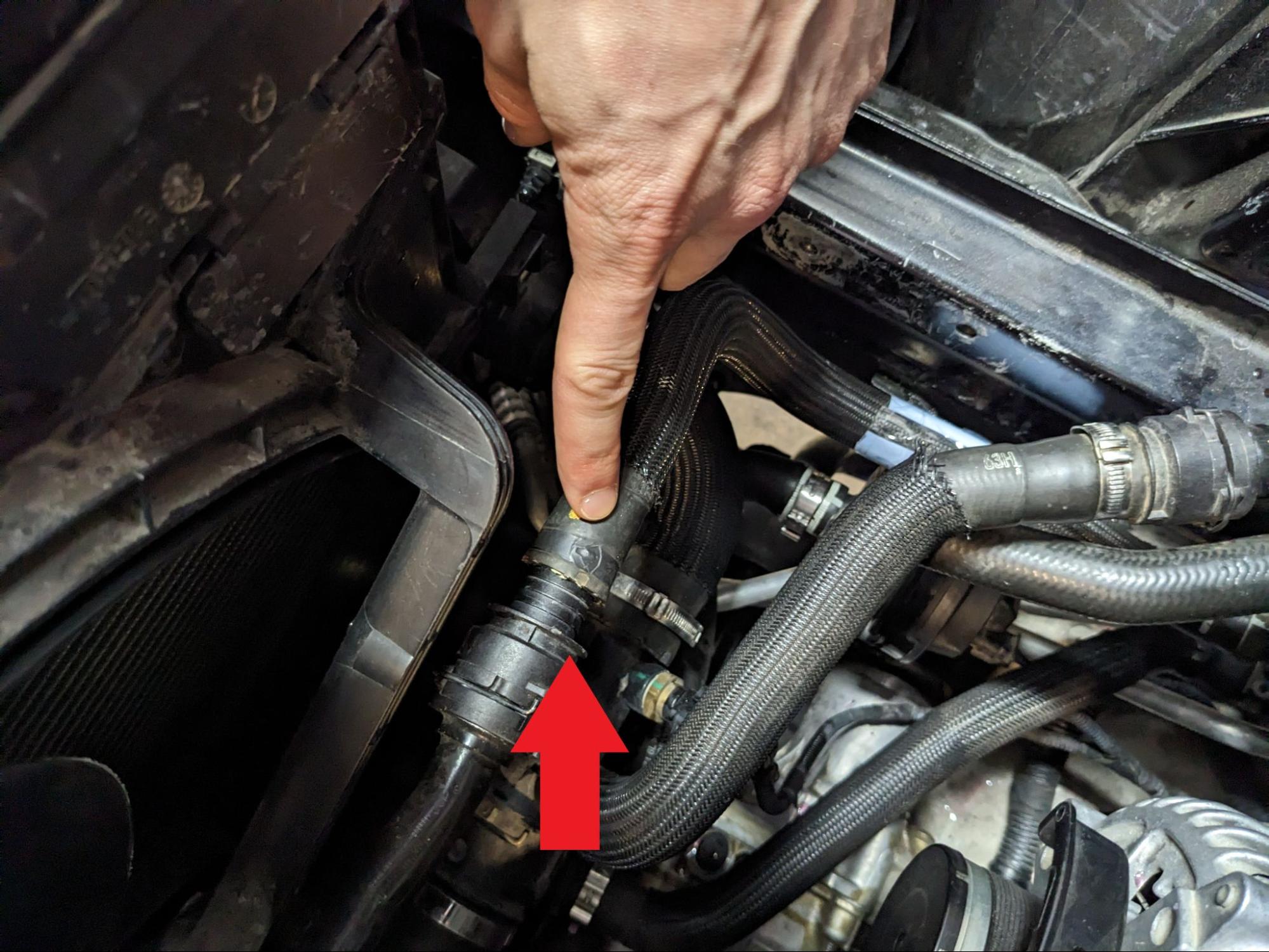
PASSENGER SIDE

Once the hose is removed you will see where we will be mounting the bracket and the new pump. Use the included hardware to mount the pump.

Below I will show what the pump should look like with both the V4 bracket and V2 bracket.
The pump will be located and mounted in front of the lower portion of either intake bracket.
V4 PICTURED

V2 PICTURED

Once the pump is in place we will start running our coolant lines. First line to do is the line between the new pump and check valve. Use a lot of soapy water on the fittings and inside of hose to help slide over the pump and check valve. Use the provided clamps but do not tighten them yet.
Note: This hose will be labeled as A.

Next you will need to locate the inside passenger side radiator shroud to create some access holes for the new hoses you are about to run. We used a step drill bit and drilled the holes out to 1 inch in diameter.
Note: We show the placement of the holes below. We found this to be the best spot for a pass through. Don't be intimidated by this part, you may be drilling but this is quick and simple!


Once the pass through holes are drilled we will start running our first silicone radiator hose.
Picture below is the factory fitting we will be connecting to. Use the included clamp to secure this hose. It will be run between the frame rail and the ac lines to the front of the car to the pass through holes.
Note: This hose will be labeled as B. This will connect to the bottom of fitting of the heat exchanger

The next line will run from the new pump to the upper fitting on the heat exchanger. This hose has a 90 degree fitting on one end.
Note: Hose will be labeled as C.

Once both hoses are passed through the radiator shroud we will start on the heat exchanger itself. First remove the four bolts holding on the two black angled pieces of steel. Shown below. These bolts will be reused to mount the heat exchanger bracket.


Next, we will mount the heat exchanger bracket using the 4 bolts and angled pieces of steel you removed previously in the above steps.


Next we will mount the heat exchanger to the bracket using the 4 included bolts, nylon spacers, and washers. Secure the top bolts first and leave them loose to allow all four bolts to be threaded in.
DO NOT FORCE THE BOLTS. This is very easy to cross thread. Once the heat exchanger is mounted you can push the hose onto the fittings. And secure with clamps.

Note the clamp orientation for easy access to the clamps.

Once the heat exchanger is secured and the hoses are fully secured with clamps tightened at both ends we can start to move onto the bumper. You will need to remove the trim piece directly behind the V grill on the bumper. It is held by two hex head bolts.


Removing this piece allows for the installation in the next step.
Not shown is the vanity plate which will bolt to the heat exchanger bracket to cover the exposed crash bar. It will cover the portion of the crash bar where you see black tape and our "E" logo in the pictures above. This piece is not of structural importance to the kit, but will help with aesthetics of the front grill.
Next we will move onto the wiring portion of the kit. This kit is plug and play but does require a mounting of a relay and sourcing the main power.
Below we will show how the relay is mounted and how the wires are routed. You can power this pump with your own method but we think it being on a relay that is fused protected is the best setup.
First locate the stud coming out of the shock tower. This is where we will mount our relay and both of our ground points.

The relay, relay ground, and pump ground will use this stud.
Next locate the ignition power wire from the harness plug nearby (close to the ECU).
Shown below, you will need to connect to the ORANGE WIRE with BLACK STRIPE in this harness.

The main red wire off the relay will be our main power source and that is located in the cowl fuse box area.

Here is a photo showing what each wire on the relay will go to.

Once the pump is wired in we can start by closing the radiator valve we used for draining the lines earlier.
You will need to fill the system and have the cap to the tank remain off as it purges potential bubbles in the lines. This will take more coolant than drained because of the new larger capacity of the heat exchanger and added lines.
You can start the car during this process to monitor for any kind of leaks. Once the coolant is full you can reassemble the bumper and intake system.
